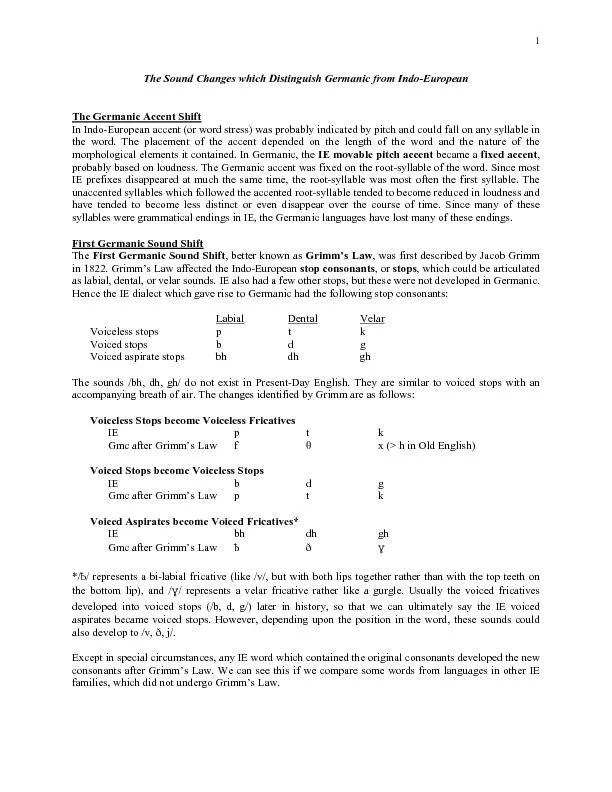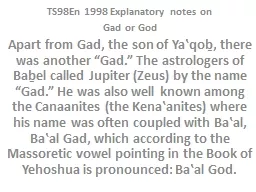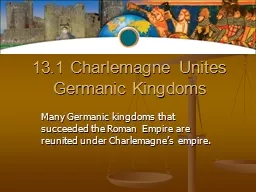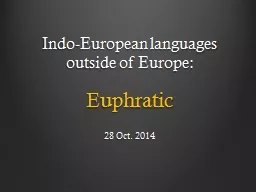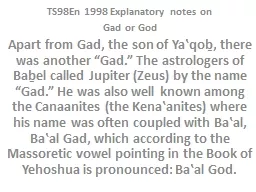PDF-The Sound Changes which Distinguish Germanic from Indo-European The Ge
Author : pasty-toler | Published Date : 2016-04-19
In IndoEuropean accent or word stress was probably indicated by pitch and could fall on any syllable in the word The placement of the accent depended on the length
Presentation Embed Code
Download Presentation
Download Presentation The PPT/PDF document "The Sound Changes which Distinguish Germ..." is the property of its rightful owner. Permission is granted to download and print the materials on this website for personal, non-commercial use only, and to display it on your personal computer provided you do not modify the materials and that you retain all copyright notices contained in the materials. By downloading content from our website, you accept the terms of this agreement.
The Sound Changes which Distinguish Germanic from Indo-European The Ge: Transcript
Download Rules Of Document
"The Sound Changes which Distinguish Germanic from Indo-European The Ge"The content belongs to its owner. You may download and print it for personal use, without modification, and keep all copyright notices. By downloading, you agree to these terms.
Related Documents

